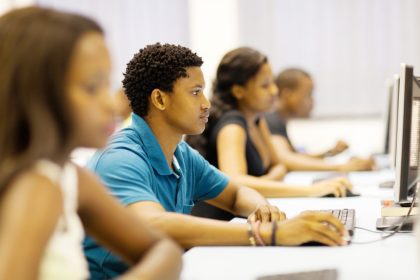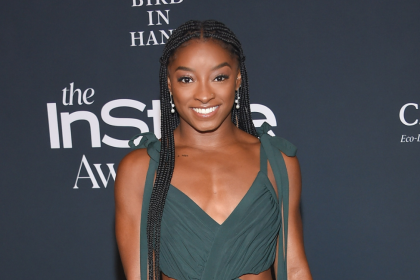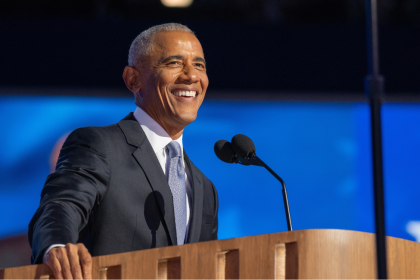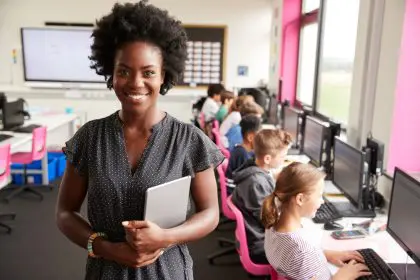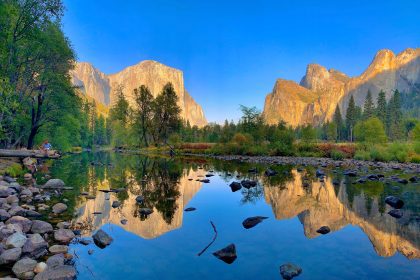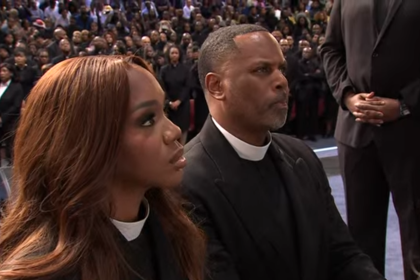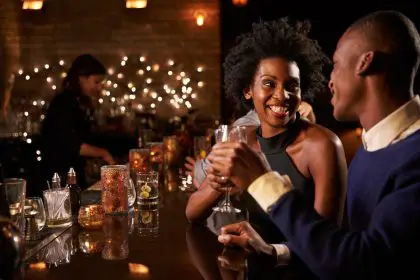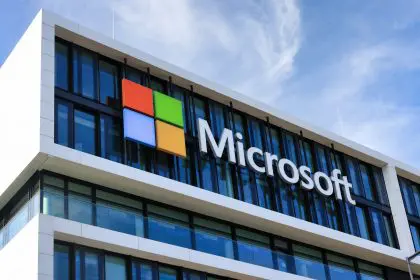
There was a time when the public depended on only a few publications to gather and report on engaging news content. But with advancements of technology over the past two decades, more voices in media are able to be heard.
But as new media changes how news is delivered, it has also changed how journalism is taught at colleges and universities.
We recently visited Howard University where the National Newspaper Publishers Association teamed up with Chevrolet to launch a new journalism fellowship at the school. The fellows will be selected by Howard University faculty and NNPA staff and will receive hands-on experience in media. Students will also receive a stipend and be given a 2016 Chevrolet Malibu to drive during their reporting duties.
During our visit to Howard University the Dean of the School of Communications, Gracie Lawson-Borders, shared how new media changed journalism.
Social media and blogs has changed journalism. At Howard University, how do you teach new media?
In 2013, we changed the focus of the School of Communications to focus on digital communication and what we want to do is prepare these students to be in a dynamic multimedia world. So they’re learning storytelling, not just on platforms, but making strategic decisions about what they’re choosing to put on those platforms. How do you use social media in a way that is beneficial to the types of stories you are telling? How do you use traditional media in that way? So we want them to go away with those core values.
In today’s new media, there are social media influencers and bloggers who have as many followers as mainstream publications. Do you guys teach students about new media entrepreneurship?
Oh yes. Entrepreneurship is definitely a part of what we do. We tell a lot of these students, you’re going to be creating the jobs and experiences. So we have a communication entrepreneur research and resource center where our students can participate in entrepreneurial activities as well as in the courses. As a matter of fact, the chair of our Media and Journalism and Family Department just came back from a program in Arizona where she is focusing on bringing more entrepreneur classes to these students. Many of our students who are in film and broadcast are starting their own production companies. They’re starting PR companies and that’s exciting that hey have the ability to create new spaces in a digital world and that’s what we expect them to do.
With the changes in media, what will be the future of storytelling in media?
Journalism is not going away, it’s just changing how media is going to be shaped. We’ll still need people to contextualize what’s happening in your community. You know if you’re in Flint, Michigan, you’re going to need someone to help everybody else understand what you’re challenged with. If you’re having issues with education in your community, you still need these stories to be told and shared and for people to understand what you need to do next. They’re supposed to step back and say, ‘I can see that there is more to this and there is one way I can tell this story.’ It might be traditional through a magazine or newspaper, but they will also need to do a video and let someone tell it from their perspective. This means we still need folks to contextualize what is going on in their communities.


